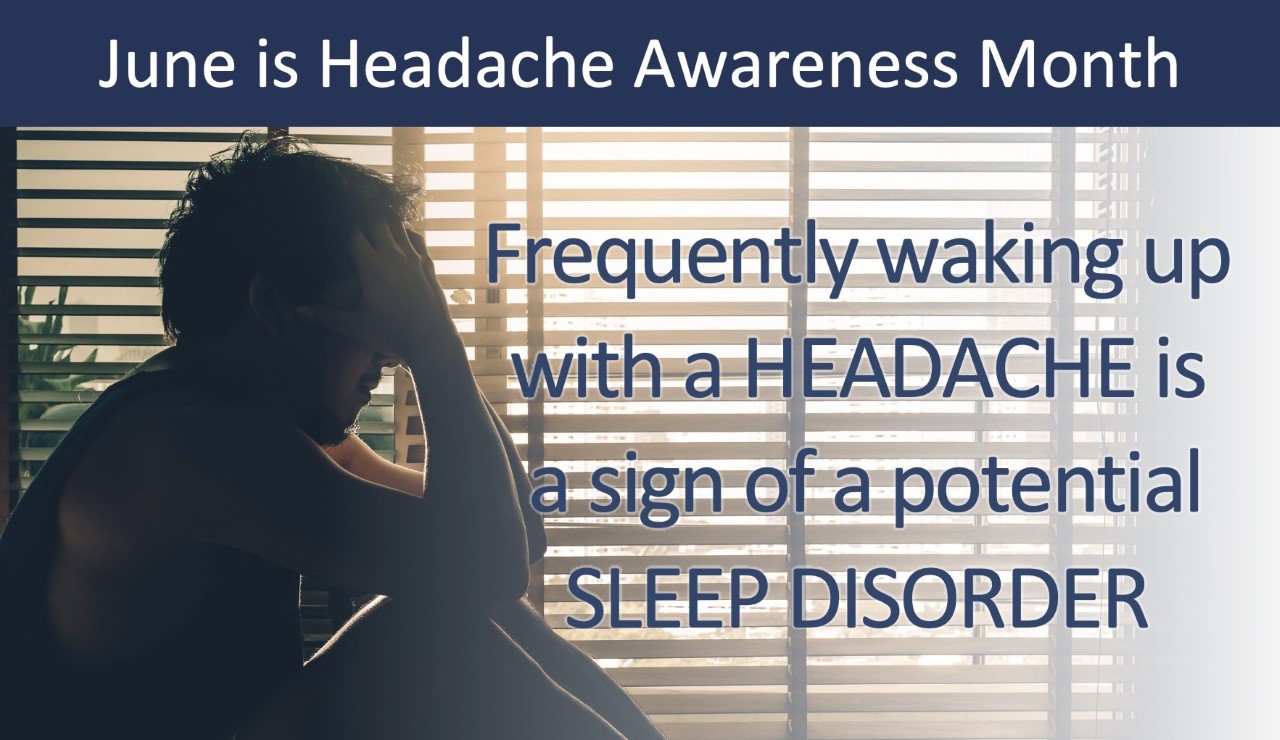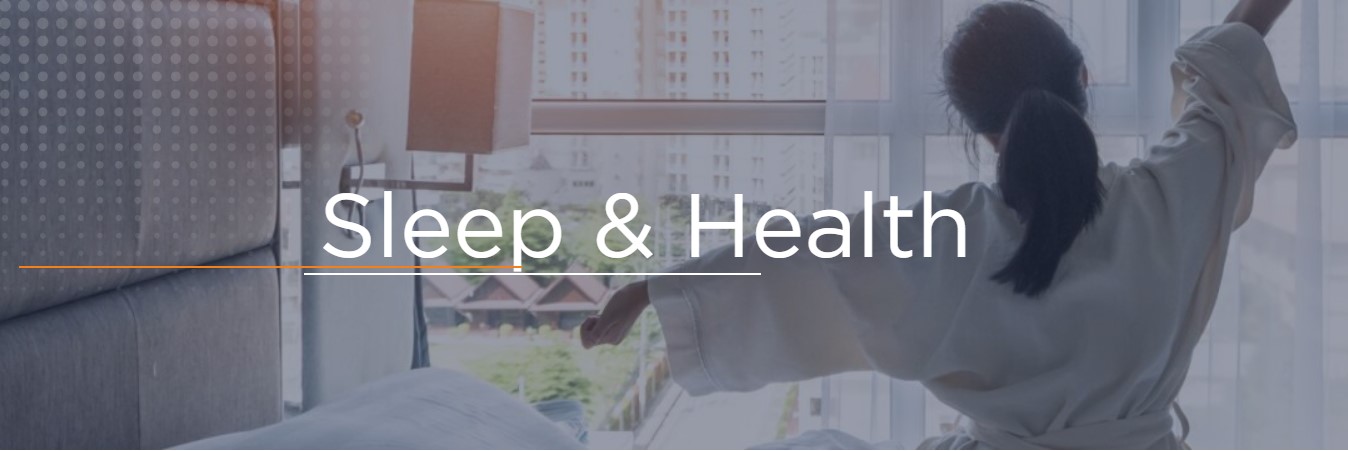Are headaches that occur during sleep or in the morning caused by sleep apnea?
Headaches can occur various times of day, but some experience them most often during sleep or upon waking up. There are several categories of headaches with varying symptoms, causes, triggers, and ultimately treatment. Some headaches are related to sleep apnea and can be treated by treating sleep apnea, but others are not. It is important to understand the differences.

We often hear or read about Migraines, however, there are other types of headaches that effect millions of people. In fact, 5% of people wake up most morning with a headache that can last hours. Three types of headaches are associated with sleep apnea: Morning headaches (aka sleep apnea headaches), cluster headaches, and alarm headaches.
Sleep apnea headaches are recurring headaches upon waking up in the morning. It is officially defined as occurring at least 15 mornings a month. These headaches are usually described as pressure, not pulsing, across the head and are not associated with nausea or light sensitivity. They often last for 3-4 hours. Research has shown that up to 18% of those with obstructive sleep apnea experience morning headaches. This may be caused by the decrease in blood oxygen levels with sleep apnea, but the exact cause is not understood.
Those with sleep apnea and a medical history of headaches are more likely to also experience sleep apnea headaches. Strangely, the severity of the sleep apnea does not increase the likelihood of headaches, so even mild sleep apnea should be diagnosed and treated. Treating sleep apnea has been shown to eliminate these headaches within a month of starting treatment.
Other headaches may occur during sleep, such as cluster or alarm headaches, but are different from morning sleep apnea headaches. Cluster headaches often occur frequently for a few days and then not again for a while. They usually have additional symptoms like congestion or sweating. Alarm headaches, officially called hypnic headaches, occur 4-6 hours after falling asleep and are more common in elderly. They are usually short with no other symptoms. These are both associated with sleep apnea, and treatment should include testing for sleep disorders, however medication may still be required.
Migraine headaches can also occur any time of day, morning, afternoon, or during sleep. They are characterized by a throbbing localized pain. They are usually associated with other symptoms like nausea and light sensitivity, and they can last for days. Migraines have many triggers, but they are not associated with sleep apnea.
Obstructive Sleep Apnea
Obstructive sleep apnea (OSA) is the most common form of sleep apnea, and it is treatable once diagnosed. Sufferers of OSA experience breathing difficulties while they sleep — due to a narrowing of the airways when the throat muscles relax overnight. This leads to a drop in oxygen levels in the blood followed by the nervous system prompting the body to awake to take a breath.
These brief interruptions to sleep (“apneas”) occurs throughout the night as frequent as 5-50 times an hour. They are awakenings are short and seldom recognized by the sleep, but over a period of time, this lack of sleep can have serious implications. Learn more
The main symptoms include:
- Loud snoring
- Daytime fatigue
- Morning headaches
- Poor concentration
- Increased irritability
- Hypertension
People with OSA do not achieve a state of deep sleep and the accumulating sleep deprivation may affect quality of life as well as contribute to other medical conditions.
OSA Treatments
Obstructive Sleep Apnea on the other hand require ongoing treatment to prevent symptoms and attain quality sleep. For mild OSA, a mild treatment such as an oral appliance or positioning pillow will usually be recommended along with lifestyle changes. Since there is a link between OSA and weight, an exercise program and healthier diet may also be recommended.
People with moderate to severe OSA will likely be recommended to start using a Continuous Positive Airways Pressure (CPAP) device. CPAP involves the supply of air through a mask worn while sleeping, which helps prevent the narrowing of the upper airways and the resulting breathing difficulties. By keeping the airways open the body is not prompted to awake for air and sleeping patterns improve.
AS CPAP involves a mask and connecting tubing it is important to regularly clean the parts and change the filters. This is a simple process and one which can become part of the daily routine. Most modern CPAP devices also come with a humidifier, which once again should be regularly cleaned. More on treatment
Need help sorting it all out? Our sleep specialists are available to answer all your questions, to help you get the good night’s sleep your body needs.
